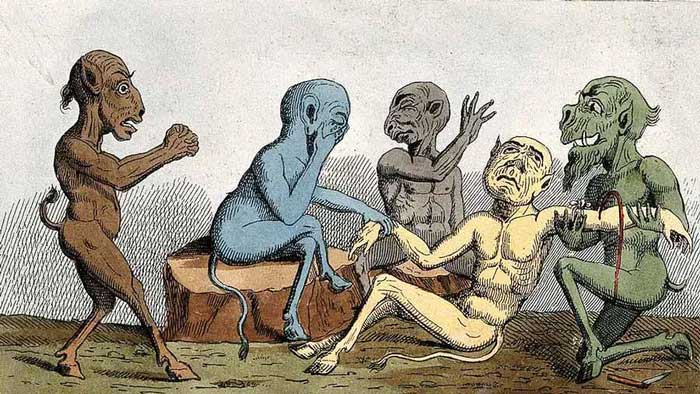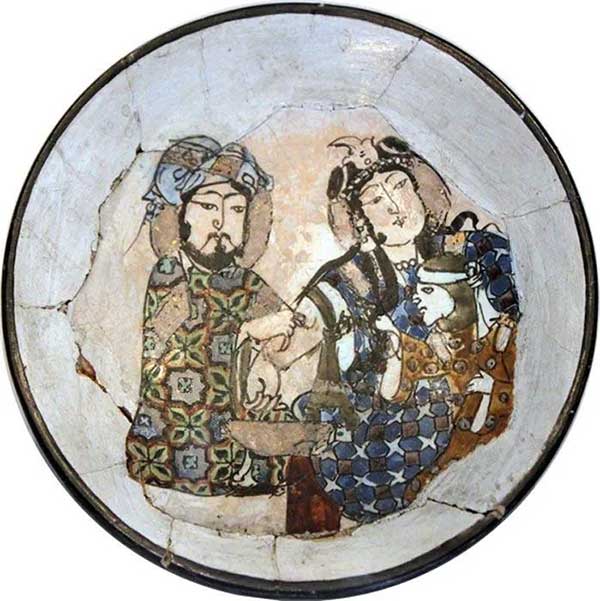The Horrible History of Healing Blood Extraction
Therapeutic blood draws have been around for a long time, and throughout history this terrible and often messy practice has been enjoyed by physicians around the world, from the island nation of Fiji to Western Europe. However, over time from ancient to modern, it becomes increasingly difficult to distinguish whether the person subjected to this method is ultimately the patient or the victim.

Method of treatment with blood extraction.
There are many methods to draw blood. In which, venous extraction is the most common procedure, in which the doctor will use tools such as a lancet (there are many different sized blades) to cut the ulnar vein at the elbow to draw blood.
More primitive methods include the skin incision method. This procedure requires the doctor to cut and etching acid in the skin to create a permanent scar, in addition to cupping, drawing blood from a small incision using a suction cup. In addition, in many cases leeches are also commonly used because each leech can suck from 5 to 10ml of blood, about 10 times their weight. However, as history shows, these techniques often kill people rather than save lives.

Blood scenes from 13th century Iran.
Early history of blood transfusion
The Egyptians are said to be the first to practice this method. By 500 BC, it was also established in ancient Greece, as the father of medicine Hippocrates recommended blood draw as a treatment, especially for elbows and knees.
In 400 BC, his successor Herodotus also went on to recommend blood extraction for a variety of ailments such as restoring appetite, curing diseases and improving sleep quality. In 100 BC, the Roman medical author Celsus also strongly advocated cupping and recommended the therapy of making a shallow incision in the skin in several areas of the body to draw blood.
It is known that in the 3rd century BC, the Greek anatomist Eristratus (who treated the kings of Syria) first hypothesized that diseases arise from an excessive amount of blood in the body. This idea was later developed by a disciple of Hippocrates, Galen, in the 2nd century AD. Galen believes that a cut behind the ear can relieve headaches and dizziness, and a similar incision in the temple can also help with eye diseases.
Famous blood draw cases

A doctor uses leeches to extract blood from a patient.
Despite its widespread popularity over millennia, there are actually many well-known fatal cases of hemodialysis. In it, the French ruler Napoleon was one of the few people who survived the method of drawing blood from a vein. This experience haunted Napoleon so much that he declared that 'medicine is the science of killers'. Other prominent survivors include French queen Marie Antoinette. In 1778, she took blood to support the birth of her first daughter.
Another was King George IV of England, who lost 4436 milliliters of blood after the procedure in 1820, but miraculously survived the next 10 years. Compared with most other cases, Napoleon, Marie Antoinette and George IV were extremely lucky, as the use of blood was often associated with many accidents and deaths.
One of the first famous deaths occurred in 1492, when Pope Innocent VIII and the three boys who had given him blood transfusions all died of blood loss. In England, Charles II was treated by venipuncture after a stroke in 1685 and died after losing 709ml of blood. Charles's granddaughter, Queen Anne, then met the same horrifying end. Even the legendary composer Mozart could not escape death, he died in 1791 in Vienna after having blood taken to treat kidney failure.
- 'Horrific' medical treatments in history
- Ancient Mayan spirit blood extraction
- Scary things nobody knows about blood
- New self-healing resin based on blood clotting mechanism
- Effective oil extraction: Hyperboloid instead of drill bits
- The US company intends to make blood that can cure diseases
- Heal yourself like a Wolf
- History of hematology
- Shudder with the healing methods 'taking poison poisoning'
- Interesting history of blood type A
- Horror method to repel cancer, heart disease Dracula type
- Techniques for fracking oil cause earthquakes in America?
 Biography of hero Vu A Dinh
Biography of hero Vu A Dinh History of hematology
History of hematology Who is Mr. Tam Da 'Phuc-Loc-Tho' and what does it mean?
Who is Mr. Tam Da 'Phuc-Loc-Tho' and what does it mean? Unbelievable facts about the history of the oil and gas industry: Gasoline used to be cheaper than water, so abundant that it had to be dumped into the river...
Unbelievable facts about the history of the oil and gas industry: Gasoline used to be cheaper than water, so abundant that it had to be dumped into the river...